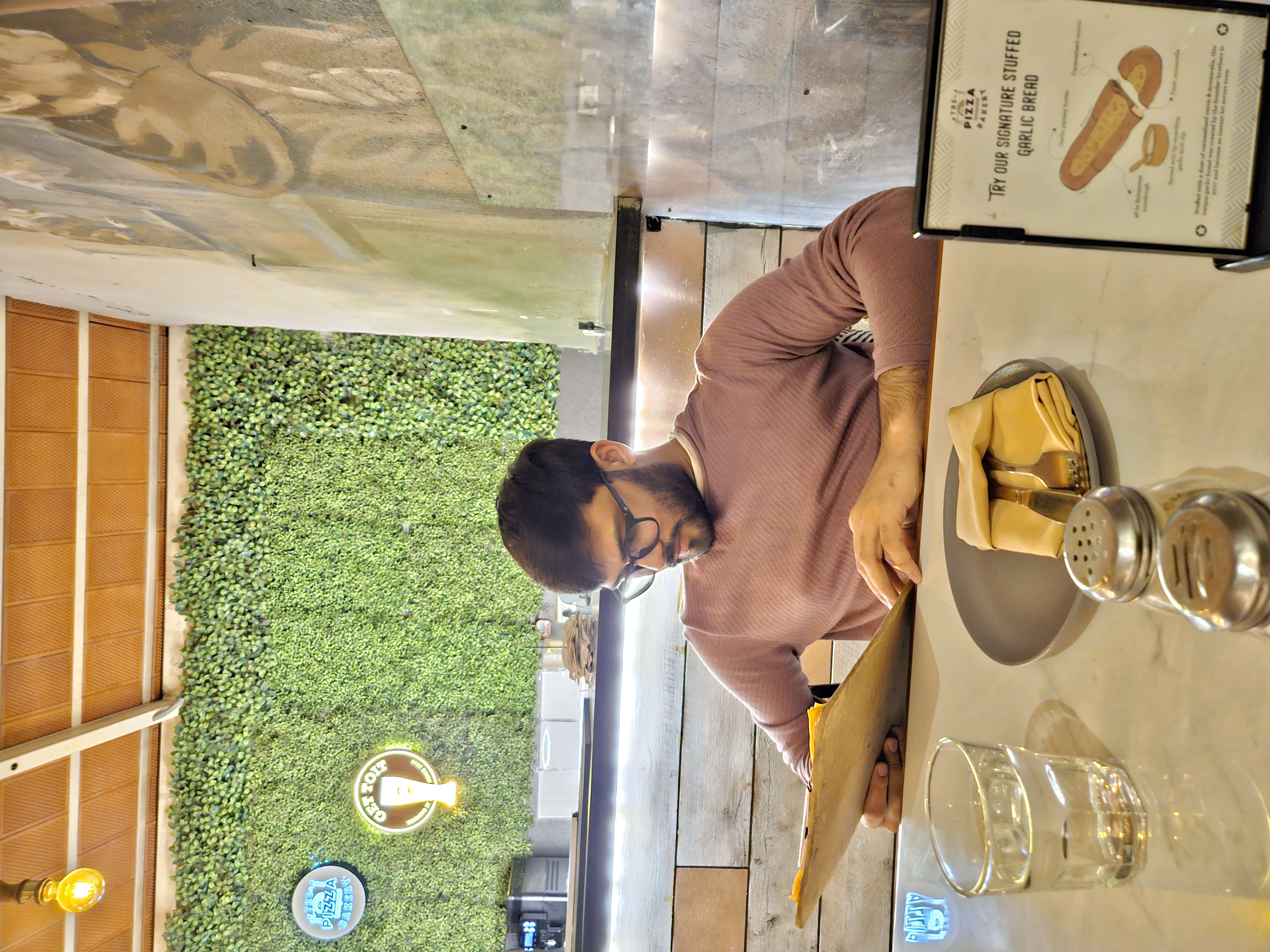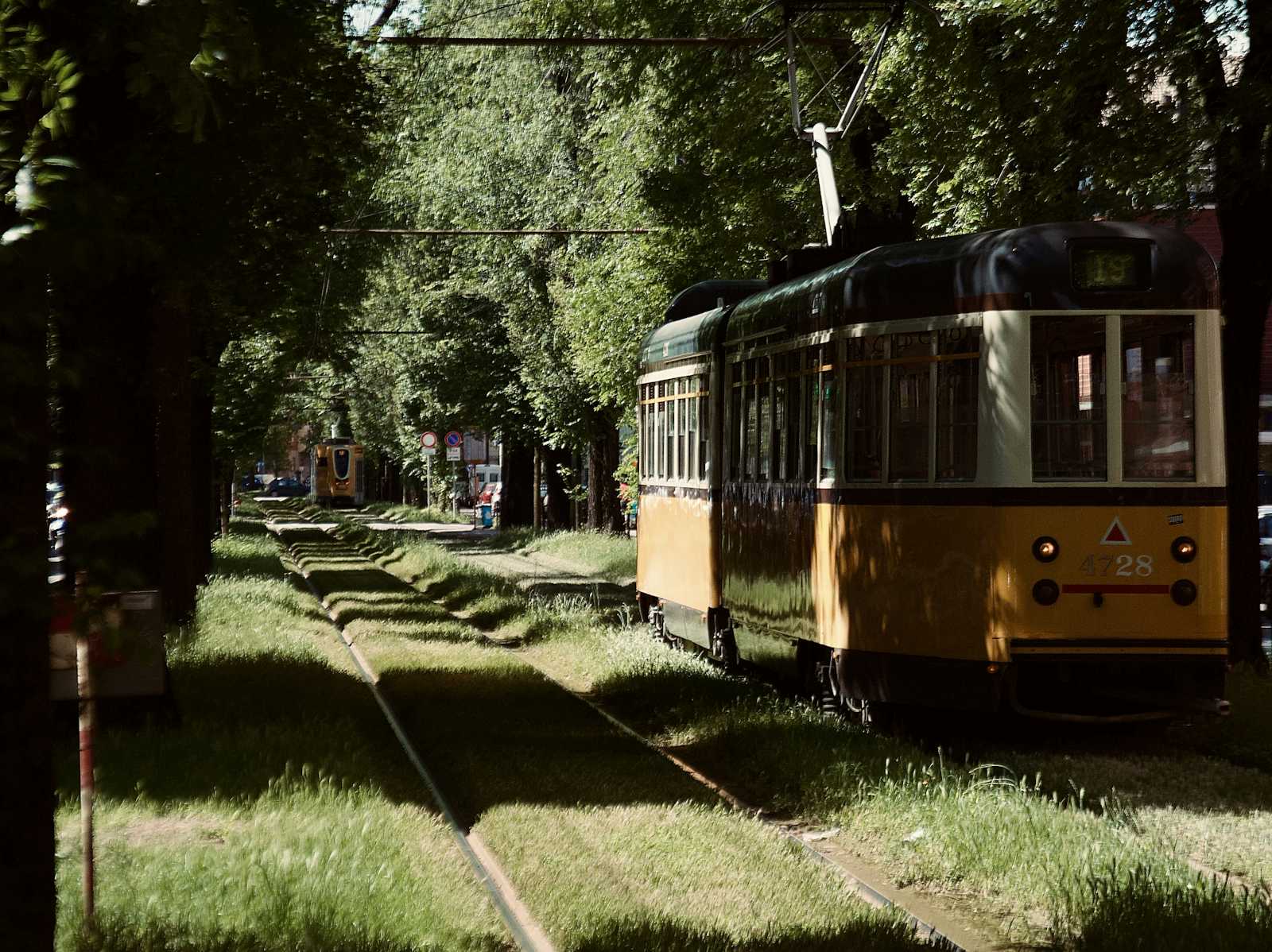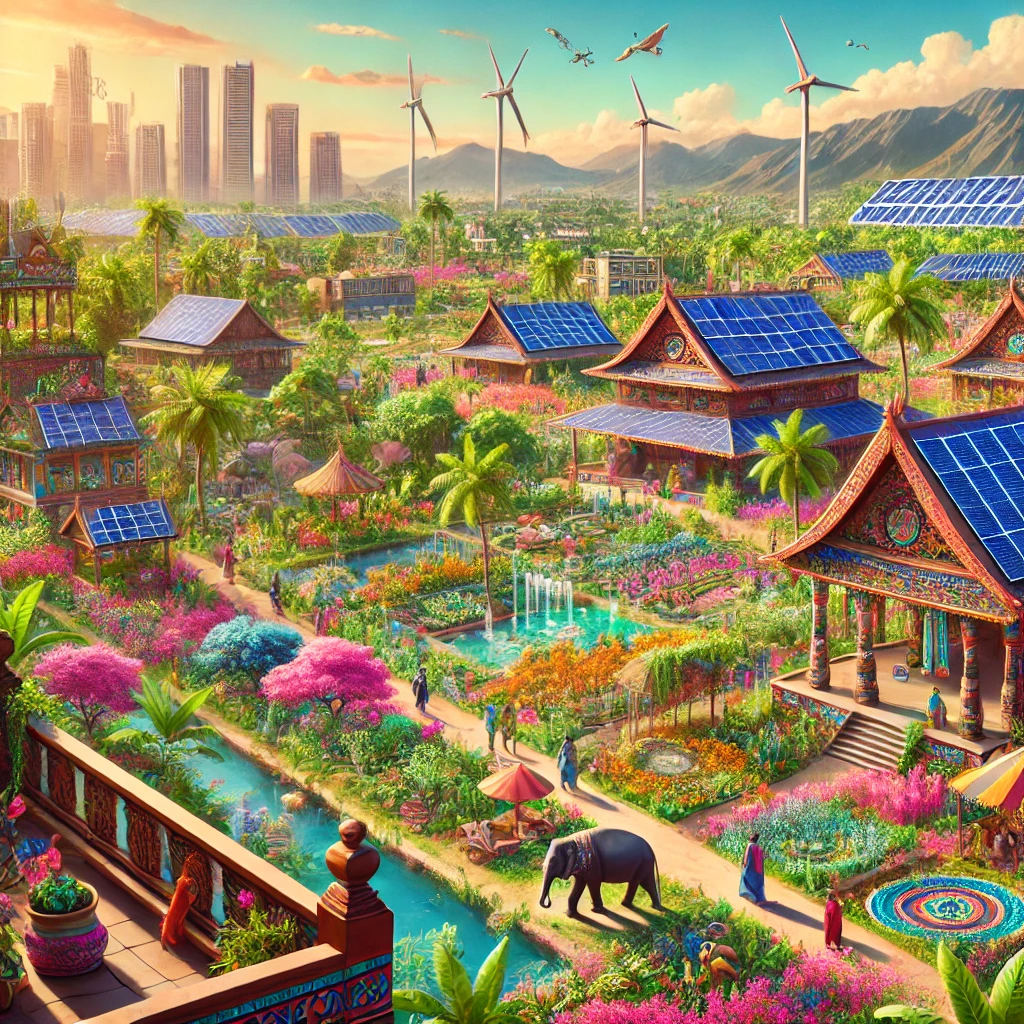🌻 What is Solarpunk?
 Aashutosh Rathi
Aashutosh Rathi
Hey! Hisashiburi (long time no see).
This post has nothing to do with tech like other posts here and most of the future posts will be probably on random topics like this.
This is something new I’ve been trying to gain more clarity of thoughts, so you might see me repeating the obvious stuff while building my mental models, feel free to point that out or provide feedback.
While randomly scrolling through Twitter, I stumbled upon a developer’s profile, someone I had the pleasure of meeting in person last month. I saw the word "Lunarpunk" in their profile, which got me curious and led me down the "punks" rabbit hole. I started reading about Lunarpunk and found a video on Solarpunk Station titled What is Lunarpunk?
It turns out it's just Solarpunk but with a focus on nocturnal creatures, bioluminescence, making the night accessible to all, and other night aesthetics. The video’s title funnily points it out as “Solarpunk at night” (which is kinda true too).
This curiosity led me to wonder what exactly Solarpunk is.
Ever since the rise of Cyberpunk (dystopian sci-fi, tech will rule us all future), there has been a release of a new punk subculture every few months. (don’t go into the etymology of punk, this word has a more diverse and weirder meaning than “fuck”)
Solarpunk is one of the sustainable and progressive punk subcultures.
And of course, whenever there is a list, there is a tracker. So, Isaac made a list of punks if you want to check them out. Vitalik also talked about Cypherpunk last year.
Solarpunk is a vision for the future where nature, technology, and humans coexist and progress together. It embraces cultural, natural, and technological advancements. And just like all other punks this also is an artistic and cultural movement, which is one of the escapes from reality. But digging a little deeper into this, I felt like, damn! we should work towards it.

First, one must understand what might seem like Solarpunk but isn’t. Simply using solar panels or other renewable energy solutions do not make something Solarpunk; it’s about how we integrate these technologies into a harmonious relationship with nature. Capitalism and the Solarpunk vision coexistence is quite difficult, as capitalism often leads to environmental degradation. As long as we exploit nature and others for our convenience and selfish needs, it cannot be considered Solarpunk.
At the same time, being a complete Luddite doesn’t make you Solarpunk either; technology and nature should be in harmony for the vision to come to life. Solarpunk involves accepting some trade-offs in convenience, which is very anti-capitalist, at the cost of keeping our actions nature-friendly.
Some good examples from the video linked in highlight that "Amazon Prime Delivery" is not part of the Solarpunk vision, as it exploits humans, fossil fuels, and in turn, nature, to ensure you get your package on the same day.
Similarly, one analogy I can draw from my random Instagram scrolling involves a person explaining the importance of a “courtyard" in a building's architecture, illustrating how it helps one visualize the microcosm by blending the outdoors (crafted by nature or God) with the indoors built by humans.
If I expand this bad analogy (which I shouldn’t), Solarpunk envisions that we create courtyards for our benefit. Yes, it’s counterintuitive if you think like a capitalist; after all, who would buy a piece of land and allocate 50% of it to plant trees and build open pools? But that's what Solarpunk is about—building in a way that not only your future self pats you on the back, but future generations do too.
I’m compelled to feel like an uncle and say Old is the new New. We keep going back and forth with things, and funnily or not, the constraints of the planet keep resonating with some cultural dogmas. (it’s fun losing an argument with your grandma).
The short-term implications might seem like an opportunity cost, but hey! Estimations are not our (human’s) forte after all, no?
Related
Subscribe to my newsletter
Read articles from Aashutosh Rathi directly inside your inbox. Subscribe to the newsletter, and don't miss out.
Written by
